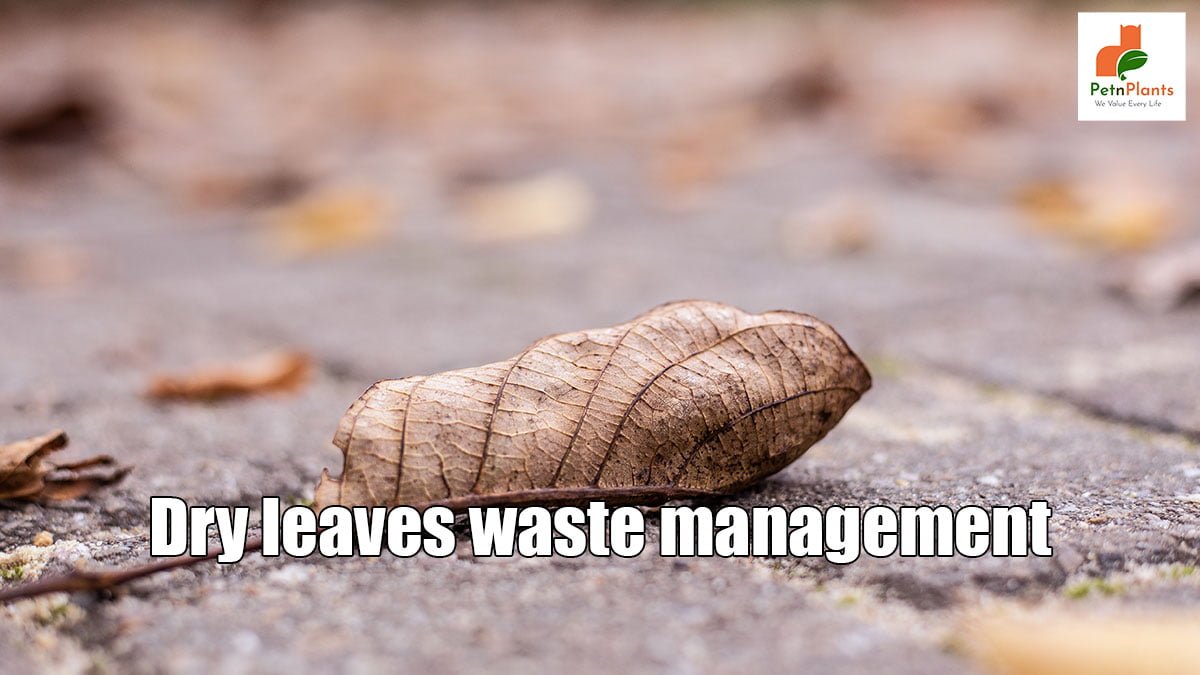How To
Latest
Pet Care
How to Groom Your Dog at Home with the Right Dog Grooming KitMarch 19, 2025
We Value Every Life

It’s that time of year again when the leaves start to fall, and, in some parts of the country, the streets become covered in a layer of dry leaves. While this may be a sign of the changing seasons, it also creates a problem for waste management. Dry leaves can’t just be thrown away in the regular trash; they must be disposed of properly. And if not done so, they can end up clogging drains and causing flooding. So, what’s the best way to get rid of dry leaves? In this blog post, we will explore some of the best methods for dry leaves waste management. From composting to mulching to burning, we will cover all your options so that you can choose the best one.
Dry leaves are a waste product that can be difficult to manage. They can be blown around by the wind, making them difficult to collect. They can also be compacted by rain and snow, making them difficult to break down. However, some methods of dry leaves waste management can help make this process easier.
One method of dry leaf waste management is mulching. Mulching involves using a machine to chop the leaves into small pieces, making it easier for the leaves to decompose. Mulching also helps to prevent the leaves from blowing away.
Another method of dry leaf waste management is composting. Composting involves mixing the leaves with other organic materials, such as food scraps or yard waste. The mixture is then placed in a compost bin or pile, where it will decompose over time. Composting is a great way to reduce the waste that goes into landfills.
There are many other methods of dry leaf waste management, including burning, recycling, and incineration. Each method has its advantages and disadvantages, and choosing the right method for your specific needs is important.
Dry leaves waste management is important for several reasons:
Fallen leaves are a natural part of the landscape and play an important role in the environment. They help to insulate the ground, protect against erosion, and provide food and shelter for wildlife. However, they can become a nuisance when they accumulate in large quantities.
Depending on your needs and preferences, there are many ways to manage dry leaves waste. You can rake them up and compost them, mulch them with a lawnmower, or let them decay naturally. Whatever method you choose, make sure to dispose of the leaves properly so that they don’t end up in landfills or clogging drains.
If you are looking to start a dry leaves waste management program in your community, there are a few things you need to do. First, you need to gather support from your neighbors and local businesses. Once you have a group of people on board with the idea, you can start looking for a location to set up your program.
Next, you need to develop a plan for collecting and processing the dry leaves. You will need to find a way to collect the leaves from people’s yards and businesses and a place to process them. Once you have a plan in place, you can implement it.
Finally, you need to promote your program and get people involved. You can do this by spreading the word about the benefits of dry leaf waste management and how it can help the environment. You can also hold events or workshops to teach people about the program and how they can get involved.
Dry leaves can be a nuisance if not managed properly. However, with a little effort, they can be turned into something useful. If you have dry leaves on your property, consider composting them or using them as mulch in your garden. You can also use them as fuel for a bonfire or burn them in a leaf blower to get rid of them quickly. Whatever you do, ensure you don’t let the dry leaves waste away and become a problem on your property.
0